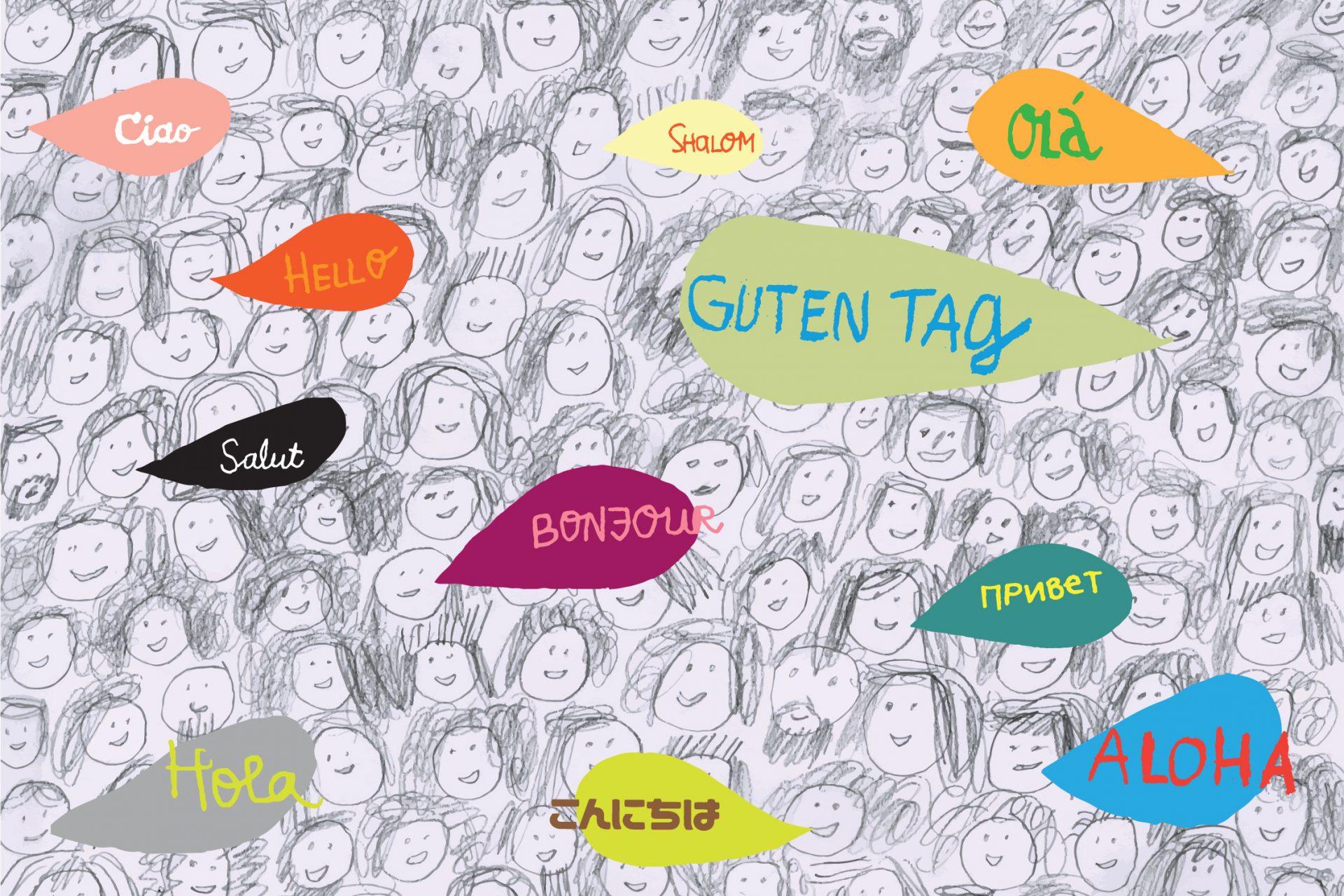17 endangered European languages on the brink of disappearance
While the European Union may recognize 24 official languages, there are actually over 200 languages spoken across the continent.
Unfortunately, language standardization across countries has brought many of Europe’s regional and cultural languages to the brink of extinction. Here’s a list of the 20 most endangered languages in Europe today.
Number of speakers: up to 4,000,000.
Belorussian is the official language of Belarus but it is considered one of the few East Slavic languages currently at risk of disappearing since the country’s citizens were taught to favor Russian over their native tongue by the Soviet Union.
Number of speakers: up to 1,500,000.
Scots is an Anglic language that hails from the West Germanic language family. Today it is spoken primarily in Scotland and parts of Ulster but it is in danger of dying out before the end of the century.
Number of speakers: 750,000.
Welsh is one of the best preserved Celtic languages derived from the Britannic subgroup and is spoken exclusively in Wales. Unfortunately, native Welsh-speaking communities are shrinking but local authorities in Wales are implementing programs to help grow the number of speakers to sustainable levels.
Number of speakers: 40,000-78,000.
Irish is on the verge of becoming critically endangered and its fall has been traced back to the 1845-1852 Potato Famine and the island's subjection by British Imperial forces until the 1920s.
Number of speakers: around 3500.
Cornish is the ancient Celtic-derived language of the region of Cornwall in the United Kingdom. Declared extinct in the late 18th century, the Cornish language was revived in the 20th century and was officially recognized as a minority language.
Number of speakers: around 2500.
Originally spoken in what is today central Turkey, linguists believed Cappadocian Greek died out during the 1960s. But researchers recently discovered a small group of Cappadocian Greek descendants who are still speaking their mother tongue.
The language is an interesting mix of Turkish and Greek and is only spoken in Greece now after it arrived in the country with Cappadocian Greek settlers who were forcibly removed from their homes in Cappadocia by Turkish authorities in the 1920s after the dissolution of the Ottoman Empire.
Number of speakers: up to 2000.
Also known as Saterland Frisian, this language is spoken in the Saterland region of Lower Saxony and is the last surviving dialect of the East Frisian language.
Number of speakers: less than 2000.
Also known as Manx Gallic, Manx was the primary language of inhabitants of the Isle of Man in the United Kingdom. It is one of the few surviving Celtic languages in the world and its last native speaker died in 1974.
Despite its few speakers, Manx has survived because of its cultural significance to the people of the Isle of Man. Luckily, it is one of the languages on this list that has been recorded extensively so even if it dies out, it could be revived quite easily.
Number of speakers: 1.000.
Hértein is an Eastern Aramaic language that is mainly spoken by Turkey’s Chaldean Christian population in isolated parts of Turkey and Western Europe.
Number of speakers: up to 1000.
Tsakonian is one of the last remaining descendants of the Doric Greek language, which itself was a descendent of Ancient Greek. Spoken only in the Tsakonian region of the Peloponnese, Tsakonian is our last connection to the language of Homer and Aristotle.
Number of speakers: up to 340.
Gardiol is a variant of Occitan and is spoken in Calabria and the border regions between France and Italy. The language survives today because it is spoken primarily between family members and friends.
Number of speakers: 80.
Karaim is a minor language that was originally spoken in what is today's Poland, Ukraine, Lithuania, and Crimea. The language is of Turkish origins with Hebrew influences and is considered critically endangered.
Number of speakers: up to 70.
Also known as Vilamovian, Wymysorys is only spoken in the small town of Wilamowice in Poland and belongs to the Germanic family of languages. In the 19th century, Austrian-Hungarian poet Florian Biesik popularized the Wymysorys and standardized its literary standard.
Number of speakers: around 50.
Pite sámi is the traditional language of the Swedish and Norwegian Sámi tribes that inhabit the shores of the Pite River. Sadly, when the last Norwegian speaker of Pite Sámi died, so too did the language in Norway. Today Pite Sámi is only spoken in Sweden.
Number of speakers: up to 20.
Not unlike Pite Sámi, Ume Sámi is spoken by the Sámi tribes who inhabited the banks of the Ume River in Norway and Sweden. Luckily it is still spoken in both Norway and Sweden but that might not last very long with such a small group of speakers keeping the language alive.
Number of speakers: less than 20.
Votic, or Votian, was a Finnic language of the Uralic branch that was spoken by the Votes of Ingria region. Formally a Finnish territory, Votian was wiped out after the Soviet Union invaded Finland and annexed Ingria, displacing its original population.
Number of speakers: less than 10.
With less than 10 speakers today and only spoken on the Island of Corfu, Corfiot Italian is pretty much extinct and we will see it die out in our lifetimes...
More for you
Top Stories


































